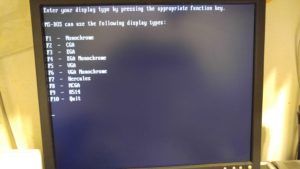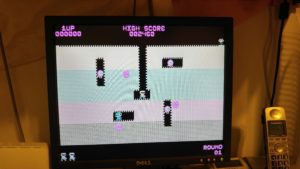Basically, because it “just works”. If you’re an individual or small business operation using Windows 7 just stick to it until the very end.
As to how do I know it is rock solid, it is because I’m lucky enough to work for a company that has VL agreement that includes it. Members of the corporate IT dept didn’t know about it till I mentioned it. Then they checked with the MS partner then sure enough it’s covered. It’ll be used on new hardware (Kaby Lake based) from now on.
I’ve been testing it since last year, very stable, every single piece of company software I’ve thrown at it works. You can make it as “barebones” (like in the factory floor) or as feature rich as you want (eg an Office CAD workstation).
You can also install utilities like O&O Shutup 10 and Spy Anti-Beacon if you want to feel a little bit more secure about telemetry.
This is a comment I saw at the Spiceworks forums that further expands on the topic:
“To address why obtaining Windows 10 Long Term Servicing Branch isn’t easy, it is because Microsoft has decided that they were not making enough money with the old Windows 7 design. And LTSB is effectively what Windows 7 used to be. Like windows 7, it does not get new features every couple months, but is just a rock solid dependable operating system without unnecessary bells and whistles.
LTSB is an excellent choice if you are a health care device manufacturer and you need a modern Windows platform that is licensed to operate a patient ultrasound scanner.
The new Windows 10 consumer/education/small-biz model is to probe and analyze customers and use that for marketing purposes, to promote Microsoft’s products, and to make buying and installing software in Windows 10 easier for the “iphone App” generation. Cortana vacuums up everything you say to it to build a personality and interest profile of you, and Edge records every search, and Windows 10 itself monitors keystrokes to track everything you do. All for the marketers to more accurately sell to you.
It is a complete joke for Windows 10 “Education edition” to include Candy Crush and XBox on the start menu. It’s almost as if Microsoft sees schools not as a place to learn, but as a place to market their App Store sales to kids.
And the 18 month feature release cycle allows Microsoft to completely rewrite how the OS works to throw all your careful restrictive initial planning to disable XBox and Candy Crush out the window. 1511 nags at you when you choose Google Chrome as your default browser over Edge, where earlier Windows 10 didn’t do that, all to help Microsoft try to regain market dominance.
Windows 10 LTSB disables all that. It only does the same few specific things it did when it was shipped, and it only gets security updates. It doesn’t generate as much marketing and data mining revenue on the backside for Microsoft, and because of that, they want to make obtaining it as difficult and restricted as possible, because LTSB robs them of that.
So, it is sold only to deep-pocketed customers who are already spending thousands to tens of thousands up front on volume licensing and the double-licensing for volume licenses that Microsoft requires. (The system must come with an OEM/retail Windows license/key that is not used, and volume licensing is purchased separate on top of that cost.)”

















